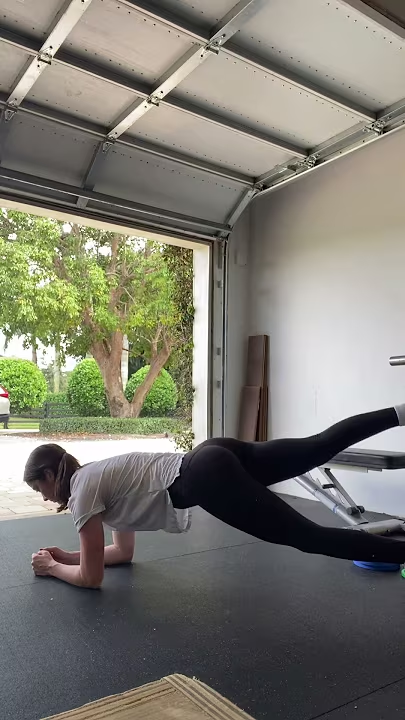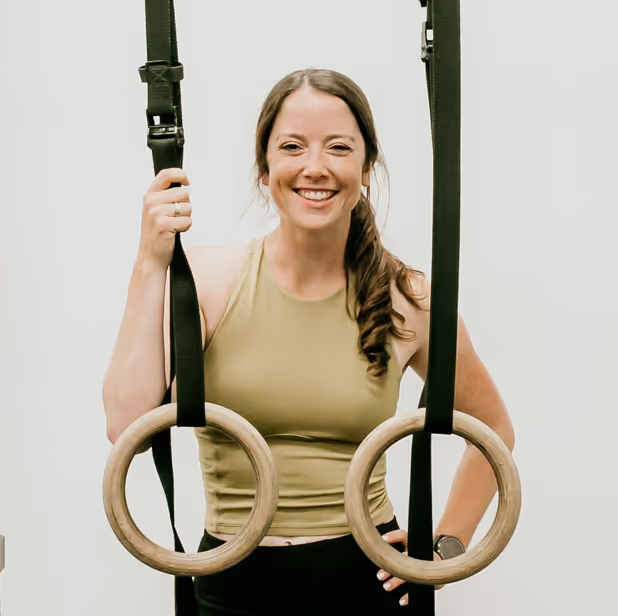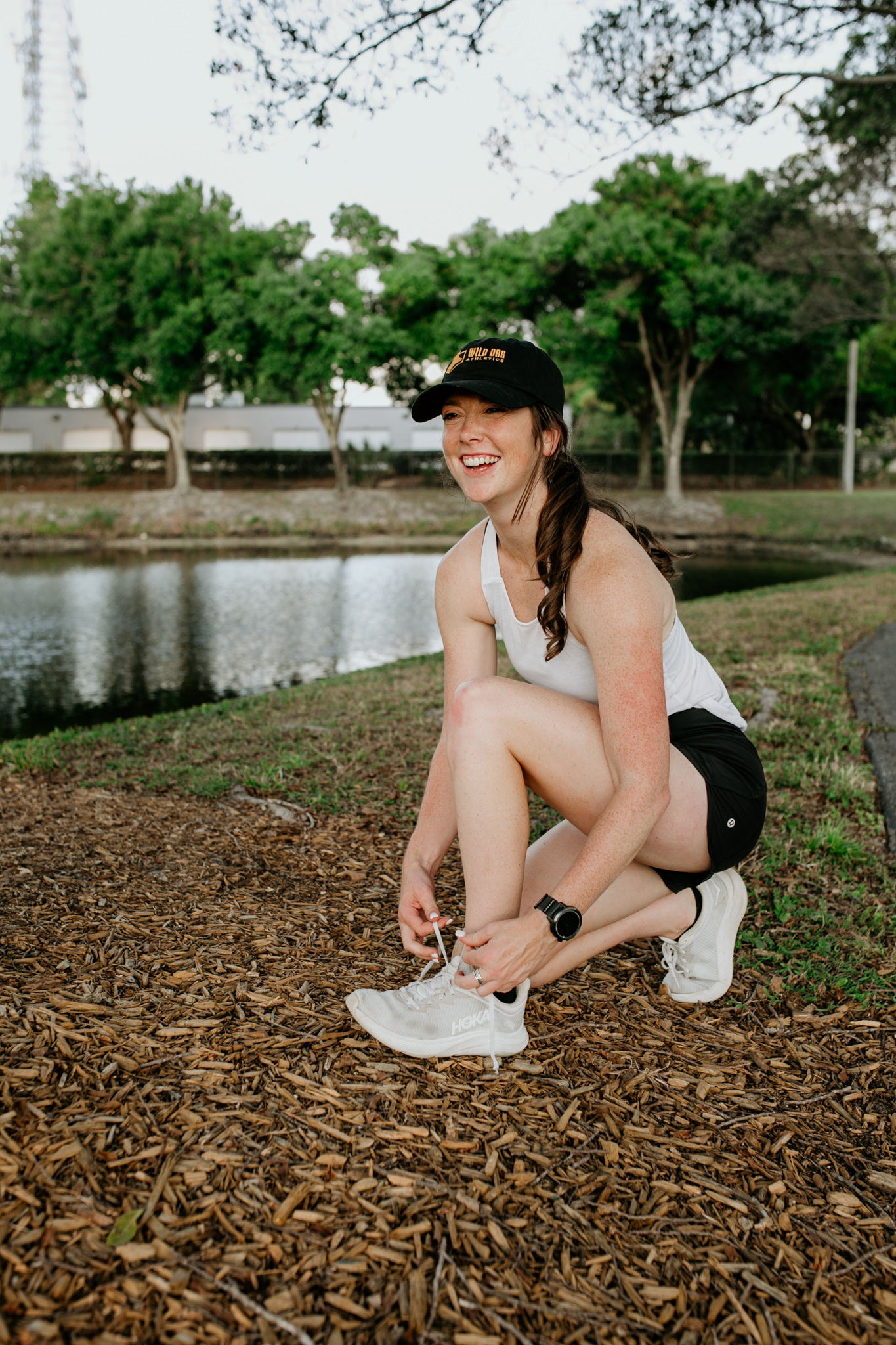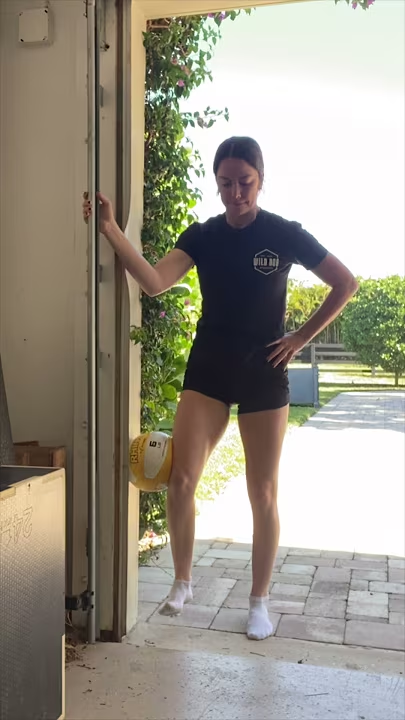Why Core and Hip Strength Matter for Every Runner
Strong, stable hips and a resilient core are what keep runners moving efficiently mile after mile. These muscles don’t just make you “stronger” — they improve alignment, posture, and the way you absorb impact.
As a 12× ultramarathoner and online running coach, I see this constantly: most runners don’t lack mobility — they lack stability. Your body can only perform as well as it can control movement, especially when fatigue sets in.
That’s why I love movements that multitask. The bench deadbug and plank hip extension are simple but powerful — improving both hip mobility and stability while training your core to stay braced under load.
The Superset: Core Meets Hip Stability
Bench Deadbug
Improves hip flexor mobility while training deep core control. The goal is to lengthen and strengthen — not just hold.
Plank Hip Extension
Challenges the hips and knees to stabilize while keeping your posture tall and strong, just like you need mid-run.
Mobility work is important — but without the stability to control it, all that range of motion doesn’t translate into performance. This superset hits both boxes.
If you’re training without a coach or need guidance on sets, reps, and progressions, this is a perfect starting point. Keep the intensity moderate and focus on control, not speed.
Strength Training Non-Negotiables for Runners
A question I get often: “If I only have time for a few strength exercises, what should I never skip?”
Here are my non-negotiables — the basics I bet on to keep any runner healthy and strong:
- Split Squats – Single-leg control and power generation.
- Single-Leg Deadlifts – Balance, stability, and posterior chain strength.
- Chest Presses – Upper-body strength for posture and arm drive.
- Rows – Scapular stability for shoulder and back alignment.
These movements recruit the most motor units, build the most functional strength, and keep runners injury-resistant. They’re simple, effective, and scalable — even for athletes training on limited time.
Accessories like banded hip work or side planks are great additions, but they’re not replacements for these compound lifts. Build your program around these basics, and you’ll have a foundation that supports every mile.
How to Structure Strength Training Around Running
When life gets busy (and it always does), it’s easy to think strength training is optional. But the right strength program complements running — it doesn’t compete with it.
That’s where personalized online coaching comes in. Together, we’ll create a plan that fits your goals, schedule, and available time while helping you:
- Improve hip and core stability
- Build strength without adding bulk
- Reduce injury risk
- Maintain energy for key runs and races
Whether you’re training for your first 5K or your next 100 miler, your strength work should support your running, not steal from it.
Work with an Online Running Coach Who Gets It
You don’t have to train harder — you just need to train smarter. I help runners bridge the gap between strength and endurance through individualized, remote coaching that fits real life.
📅 Train with Abby through Online Running Coaching »
💪 Explore Strength Training for Runners »
🐕 Meet More Wild Dog Runners »




